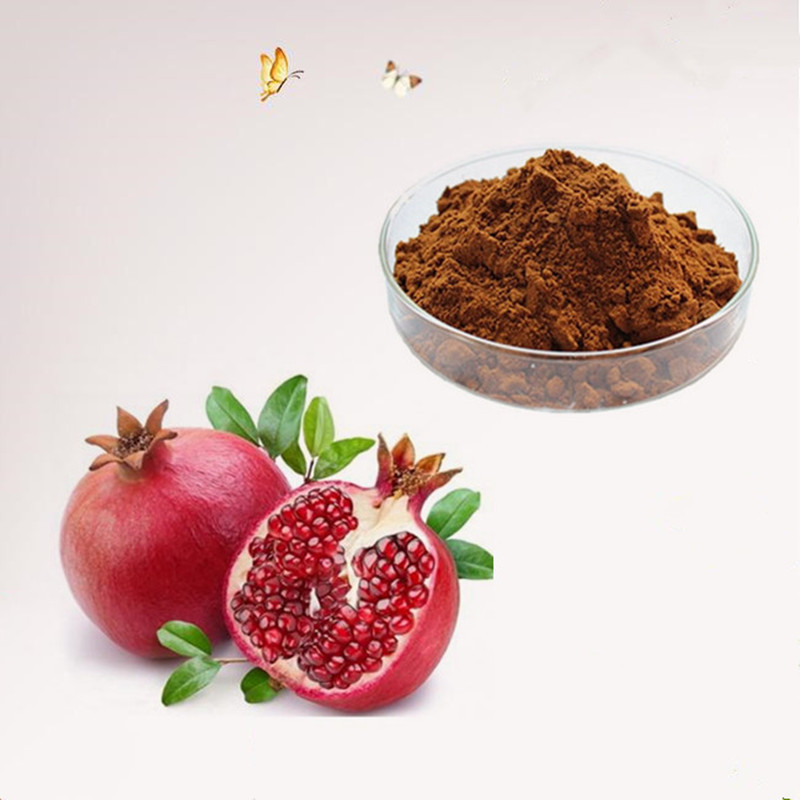The "soft" sensor that has taken the heart has broken into the four mainstream industries
From simple store door sensors to today's rapidly emerging smart sensors, sensors have been integrated into the corners of our lives.
The capabilities of future dynamic sensor applications are by no means limited to the use of AppleWatch heart rate; the seamless integration of sensing technology with our daily activities is the ultimate goal, not only to continuously monitor health, but also to analyze our interactions with the surrounding world. the way.
In addition to the field of wearable devices, sensor applications will enter other major industries. Companies related to the medical , military, and sports industries have closely linked their representative products to workflows and the Internet of Things, and have used this connection to design tools that are more comprehensible, analytical, and decisive.
There is no doubt that the sensor has advanced this evolution. But like other tools, the essence of the sensor is to assist in the work, so a suitable product is particularly important. Human beings as dynamic life, our soft and sensitive body reacts differently to different situations. This sensitive reaction increases the requirements of the sensor, so not all sensors are suitable for monitoring our complex and diverse lifestyle and surrounding environment.
Soft sensor impact
Compared to conventional sensors that focus on the movement and characteristics of solid hard objects, soft sensors not only improve the shape, but also add measurement capabilities to the "soft structure" in the design. For example, a piece of paper with a diameter or a few millimeters in size is used as a soft structure, and the soft sensor can measure its shape change with highly accurate and reproducible data.
Technology should improve lives, not interfere with life.
Soft and elastic sensors measure directly without impeding human activity. They can be attached to our body, glued to clothing or sewn to any soft material, allowing other sensing products to be designed directly for the user's body or intimate clothing.
Elastic sensors have unlimited business opportunities and their potential is far beyond the reach of wearables.
Sports
Soft sensing applications are most commonly used in sports. Many athletes have a full set of wearable technology tools, such as armbands and wristbands to measure distance, time and route. However, most of these products are limited to biometric data.
In contrast, soft sensors add biomechanical data measurement capabilities to athletes and coaches to observe each athlete's physical activity, muscle contraction, respiratory rate, motor skills, posture and injury risk.
Many companies, represented by Hedoko, have begun to combine StretchSense's fabric elastic sensors with compression fabrics to continuously monitor body movements and help athletes achieve optimal performance. These flexible sensors are suitable for any garment or footwear without hindering the athlete's training and activities.
After the combination of sensors and wireless technology, athletes can achieve segmentation training and analysis in the sports field.
medical insurance
In addition to sports, hospitals and specialist clinics benefit from sensory technology. The measurement of various health indicators is inseparable from sensors, including heart rate, blood pressure and glucose levels. However, today's healthcare industry still lacks the integration of existing technologies, which greatly affects medical outcomes.
The advent of wireless and wearable soft sensors allows daily health monitoring to be performed at home, and patients can also perform accurate self-assessment and ongoing monitoring during home training.
For patients requiring continuous physiotherapy, soft sensors monitor their recovery movements and, while continuously monitoring the recovery process, check for exercise skills. Patients can share their data in real time with the attending physician, saving time and effort in meeting the delays.
At the Massachusetts Institute of Technology, researchers invented a "7-finger robot," which adds a finger to the thumb and little finger of a human hand. This design is designed to enhance human grip. This design grip function helps older or disabled patients to a certain extent and improves their independence.
Automobile industry
There is a huge demand for sensors in the automotive industry. There are currently more than 100 (variable models) sensors that measure brakes, tire pressure, temperature, and follow-up distance. Most of the focus is on the state and safety of the car. However, the soft sensor improves the safety and ride comfort of the car with new monitoring methods.
It is embedded in the car seat to analyze the sitting position of the driver or the occupant and clearly shows their weight distribution and posture.
The seats automatically cater to the passenger's personal preferences while ensuring their safety while maintaining comfort. In addition, the soft sensor greatly enhances the safety functions of the car, such as the dynamic airbags installed in front of the passengers. In the event of an accident, it will pop up at different pressures and altitudes suitable for all types of passengers (adults and children).
Virtual and augmented reality
Although large companies like Google have led to the resurgence of virtual reality, the reality of virtual reality has always been unsatisfactory due to the limitations. The main limiting factor is the lack of input methods for interacting with the digital universe.
Specifically, the keyboard and touch screen do not run. This is fatal to virtual reality, because the two are key elements in addition to the visual aspect, connecting users and virtual experiences to a large extent.
The soft sensor accurately monitors the user's physical activity in a simple and unrestricted manner, which not only distinguishes between virtual and augmented reality, but also prepares for the development of an input device. With the help of a soft sensor, the game responds to the player's natural physical activity.
Exercise and body language data can be combined with other biological data to monitor human neural responses in simulated life situations. Currently, developers have been able to design a simulated interactive experience controlled by player reactions.
Plant extracts refer to substances extracted or processed from plants (all or a part of plants) using appropriate solvents or methods, and can be used in the pharmaceutical industry, food industry, daily chemical industry and other industries.

There is a conceptual overlap between plant extracts and herbal extracts. The raw materials of plant extracts in my country are mainly derived from Chinese herbal medicines, so domestic plant extracts can also be called Chinese medicine extracts to some extent.

Herbal Extract,Liquid Herbal Extracts,Herbal Extract Powder,Natural Herbal Extract
XI AN RHINE BIOLOGICAL TECHNOLOGY CO.,LTD , https://www.rhinebiotech.com